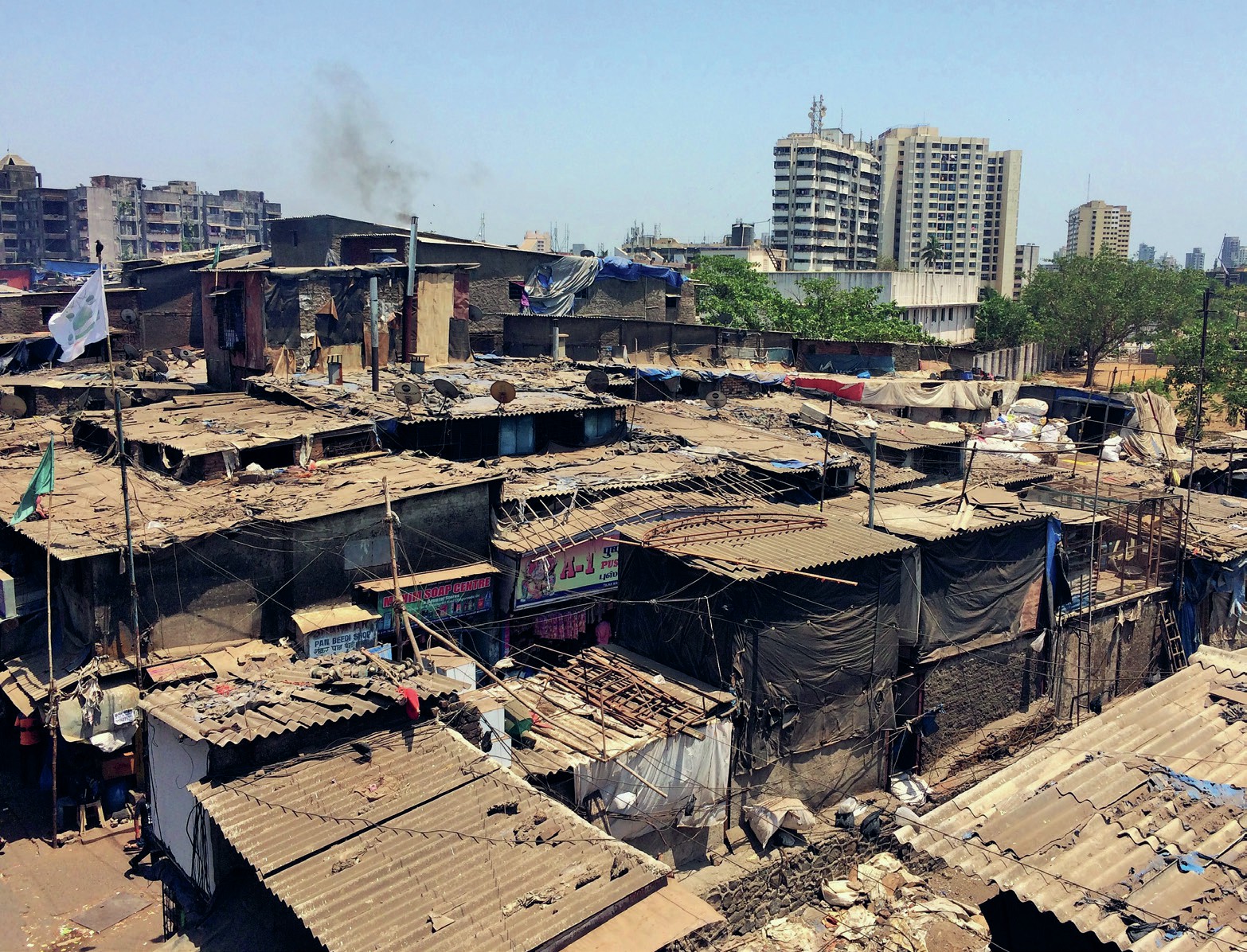
Often described as ‘a city within a city,’ Dharavi is a diverse informal settlement in Mumbai. It lies between Mumbai’s two main suburban railway lines, and alongside the Mithi River. An estimated 700,000 to 1 million people live in this relatively small area, making it one of the most densely populated places in the world.
Like most informal settlements, Dharavi has grown rapidly over the last 60 years due to urbanisation. The population of Mumbai has more than doubled since 1991, when there were about 10 million people living in the city. Huge numbers of migrants moved in from rural areas in India looking for a better life for themselves and their families. This rapid expansion has led to serious housing problems and a large percentage of residents live in the city’s informal housing.
Your organisation does not have access to this article.
Sign up today to give your students the edge they need to achieve their best grades with subject expertise
Subscribe




